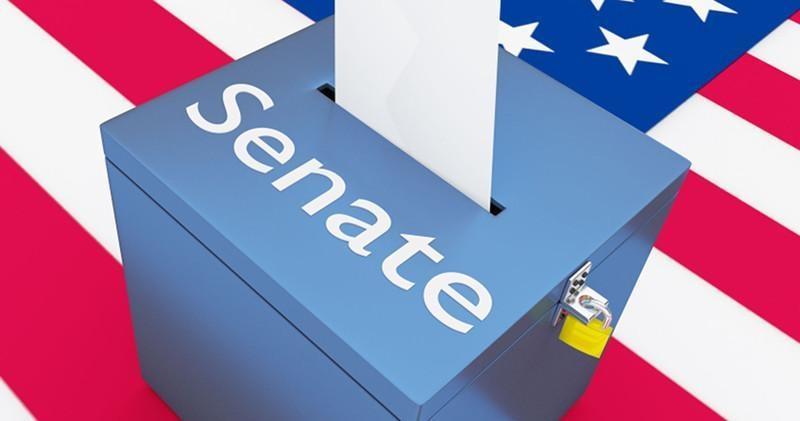
Anything can happen in November. At least that’s what we’re supposed to say. But is it really true?
Even in the middle of a global pandemic and after a historic impeachment process, the political environment hasn’t changed dramatically over the last year and a half. The coronavirus has crippled the economy and locked down the country, but it hasn’t been able to change voters’ minds.
With six months to go before Election Day, President Donald Trump should be regarded as at least a narrow underdog for reelection, the Senate majority is firmly in play, and Democrats are likely to maintain control of the House. That’s about how things looked six months ago, when the elections were a year away. And that’s good news for Democrats.
So what would need to happen for that outlook to change?
Trump needs to improve his standing. That will be difficult considering his job approval rating and his reelection standing have been remarkably consistent, and precarious, up to this point.
The president’s job approval rating hasn’t been higher than his disapproval rating since his first month in office, according to the RealClearPolitics average, and Trump has trailed Joe Biden in national polling for the last year, even before the former vice president essentially secured the Democratic nomination.
It’s clear that a majority of Americans have already decided whether or not they are going to support Trump, leaving the president with a narrow path to victory through the Electoral College with independent voters. Yet Trump trails Biden in key battleground states including Michigan, Pennsylvania, Wisconsin, Florida and Arizona. And the president lost his most potent issue with conflicted voters when the economy collapsed as a consequence of the COVID-19 response.
Republicans...

